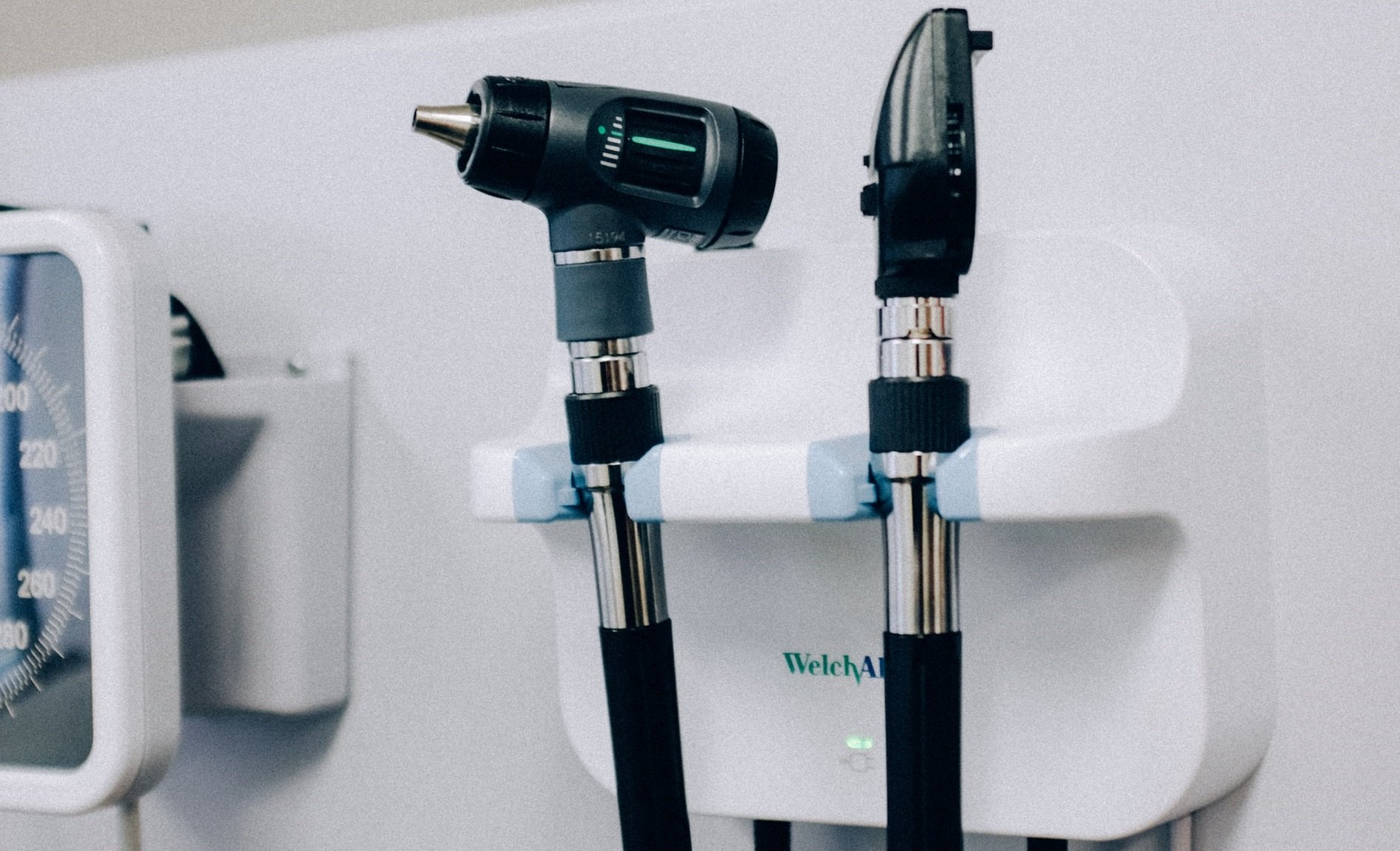
In need of a hearing aid and ready to explore your options? This article explores the pros and cons of Receiver in the Canal (RIC) hearing aids.
Contents
What is a Receiver in the Canal Hearing Aid?
Receiver in the Canal (RIC) hearing aids closely resemble BTE hearing aids. However, they are smaller than typical BTE devices and have a few other differences as well as their own advantages and disadvantages.
Like BTE devices, RICs are worn behind the ear, however, the speaker is at the end of a thin ear wire positioned near the eardrum. They are extremely popular amongst hearing aid users due to their discreet size, positioning, and versatility.
These hearing aids are also referred to as Receiver-in-the-Ear (RITE) or Canal Receiver Technology (CRT) and are available to purchase through your audiologist or hearing professional.
All major hearing aid brands manufacture RIC hearing aids, offering at least one option and often a few different models of this popular hearing aid type.
How Do RIC Hearing Aids Work?
The RIC hearing aid type differs from the well-known BTE style by its way of transmitting sound.
The RIC is made up of the case, the wire-earpiece, and the earpiece. They are an open-fit hearing aid that uses a thin ‘micro’ tube extending from the body of the hearing aid over the outer ear into the ear canal. Unlike with the BTE, the earpiece is placed directly in the ear canal. A small tip sits within the canal (without blocking it) so sound and air can still enter the ear canal naturally.
The microphone and the amplifier are in a small box located behind the ear. The earphone wire is used to connect the earphone and the case.
As generated sound only has to travel a very short distance with lower transmission loss, less sound energy and battery power is required for excellent sound quality.
Why Do People Choose RIC Hearing Aids?
As always, your degree of hearing loss and the level of discretion you need will determine the best type of hearing aid for you.
RIC users love how unnoticeable these hearing aids are, and, although the body of the hearing aid sits behind the ear, they are usually very small and go unnoticed. Its case is thinner and smaller than the classic earloop, slipping seamlessly behind your ear. You can also customize the color of the case to match your hair or skin tone.
The wire from the body of the hearing aid to the ear canal is tiny and sits along the crease of your face at the ear as well, so others can’t see this either.
The RIC’s slim wire and special custom tip triumphs in the discretion stakes over the BTE’s much more visible tube and mold. The RIC even covers hearing loss from mild to profound.
Nevertheless, its invisibility comes with some drawbacks. The RIC’s receiver is known to fail much more than the BTE.
However, although RICs are generally known to be less reliable than BTE hearing aids, the problems that usually occur can be avoided and are relatively easy to fix.
The RIC has easy-change receivers, meaning the receiver is interchangeable, the hearing aid can be modified to cover a range of hearing losses, and the receiver can be swapped out if it fails. These hearing aids don’t need to be sent away to be repaired to get a receiver change. You can ask a hearing professional to replace the receiver right there in the office or do it yourself.
Other benefits of RIC hearing aids include larger batteries for longer battery life, no ‘plugged up’ feeling, and the ability to minimize sounds of your own voice by allowing sounds to escape the ear canal. These hearing aids are also said to have a greater ability to reduce feedback at levels higher than other models.
Are RIC Hearing Aids More Expensive?
Although price ultimately depends on the brand and model of hearing aid that you choose, you shouldn’t find there to be any significant difference in price between RIC hearing aids and other hearing aid types of the same quality level.
This means that you won’t be paying a premium if you opt for an RIC hearing aid, which allows you to base your decision on its advantages and disadvantages rather than price.
Most RICs retail from $1000 to $3200 in the United States.
Do RIC Hearing Aids Require More Maintenance?
As RIC receivers are attached to the main body of the hearing aid by an electronic wire, you can get a better sound for less amplification. However, there is an increased chance that wax or moisture will kill the receiver.
With an RIC you have to accept that your hearing aid might require some maintenance from time to time. Luckily, this maintenance shouldn’t be too problematic or affect your decision to purchase an RIC as replacing the receiver is quite simple. Usually, all you need to do is pull the old receiver out (or slide or remove a pin to remove it) and push a new one in — easy.
There are loads of useful Youtube videos showing you how to do this and you should also receive some instructions from your device’s manufacturer.
Take a Quick Online Hearing Test
Are you struggling to hear friends and family during conversations when you’re out and about? Think you might have hearing loss but haven’t got round to booking a test? Take a quick and easy online hearing test today to get an instant indication of whether you might be experiencing hearing loss.
The Olive Hearing Test only takes five minutes and can tell you whether you need to take a comprehensive hearing test with your physician or audiologist.
Of course, this is no substitute for a professionally performed in-person test and does not constitute a medical diagnosis. We always recommend that you make an appointment with your physician if you experience any symptoms of hearing loss.
Find out more about the different types of hearing aids here.
The information in this guide has been written using the following reliable sources:
https://www.hearingaidknow.com/receiver-in-canal-hearing-aids
https://www.amplifon.com/uk/hearing-aids/types-of-hearing-aids/receiver-in-the-ear
https://www.bootshearingcare.com/hearing-aids/receiver-in-canal/
https://www.hearingaids.com/hearing-aids-101/hearing-aids-work/








